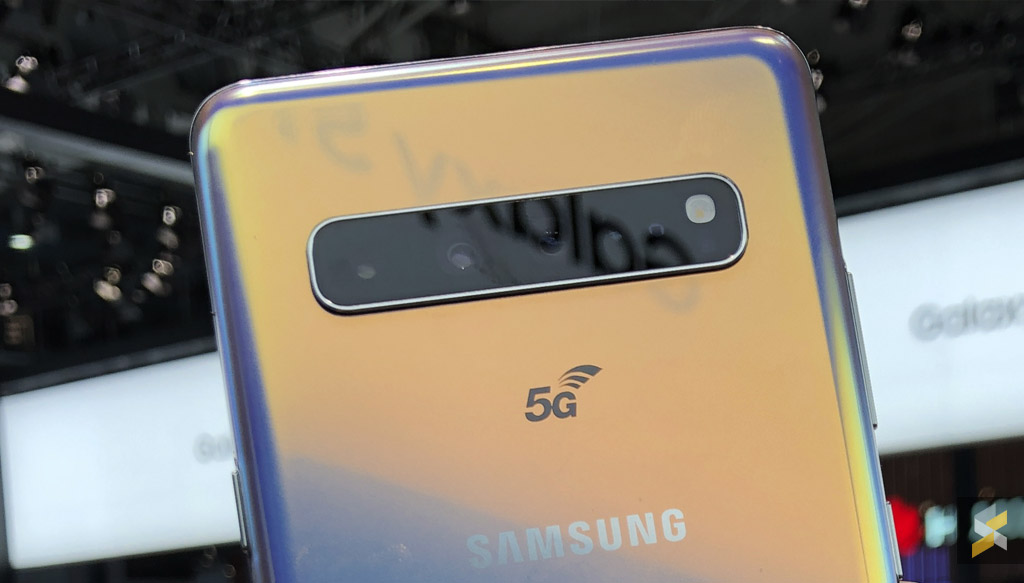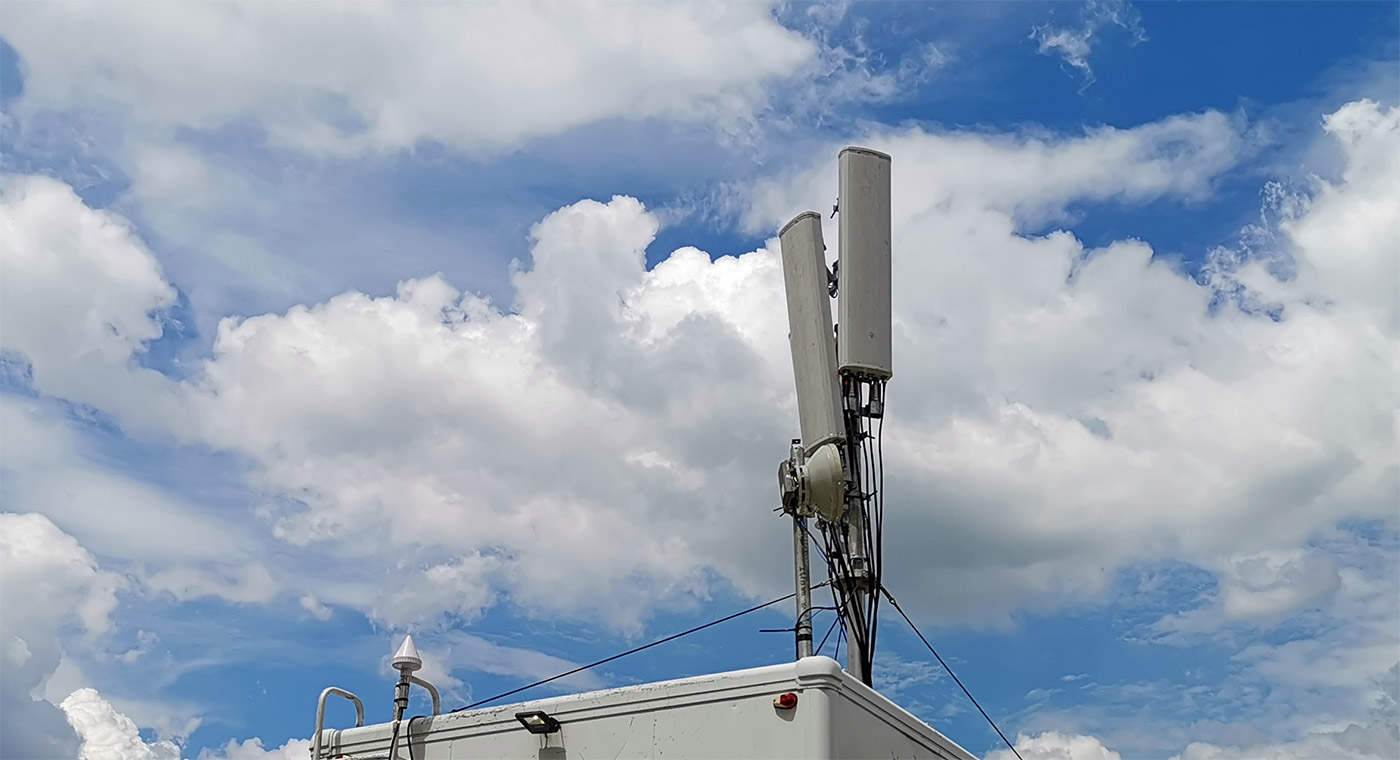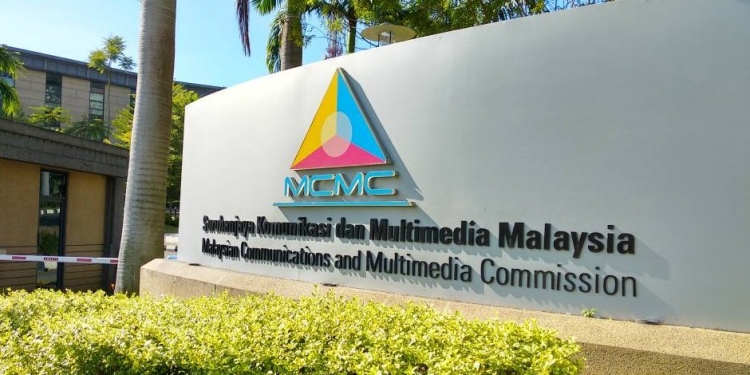
The Malaysian Communication and Multimedia Commission (MCMC) has announced that the 5G showcase will be held at Putrajaya on the 18th April 2019. This gives Malaysians the opportunity to view first-hand the benefits of 5G and how it will impact their lives.
5G isn’t just about faster speeds but it is also about having higher capacity and lower latency to connect even more devices and to support new applications that could impact businesses and government operations.
The 5G showcase will be graced by Prime Minister, Tun
It will be conducted by leading communication companies and higher institutions of learning in Malaysia which include Celcom, Digi, Ericsson, Huawei, Malaysia Automotive Robotics IoT Institute (MARii), Maxis, Nokia, Telekom Malaysia (TM), U Mobile, Universiti Teknologi Malaysia (UTM) and ZTE. Some of the real-life applications that will be shown include remote healthcare diagnosis and consultation, immersive education, real-time e-sports with multiple 4K displays,
According to MCMC Chairman, Al-Ishsal Ishak, “Although 5G is a few years away from being commercially available, this showcase aims to provide a view of what’s coming, how we can prepare and embrace it.” He added that Malaysia is set to be one of the earliest countries in Asia to showcase this fifth generation mobile technology and it is in tandem with the government’s National Fiberisation and Connectivity Plan (NFCP) to provide the rakyat with robust, pervasive, high quality and affordable digital connectivity.
In November last year, MCMC has established a national 5G Task Force with various key stakeholders and industry players to study and recommend a holistic strategy for 5G deployment. It has four working groups that will manage the Business Case, Infrastructure, Spectrum Management & Allocation, and Regulatory. Cyberjaya and Putrajaya have been designated as 5G testbeds to explore the practical use, technologies and modes of implementation of 5G.
Strong 4G network is still required

Last week, MCMC has urged all mobile players to optimise their existing 4G networks to prepare for the next generation 5G network. While full adoption of 5G will take a couple of years, it is essential that current network architectures are fully enhanced and optimised to address congestion and high bandwidth requirements.
MCMC had shared that current 4G networks suffer from low throughput of 9Mbps or 36% below average during certain times of the day, as a result of congestion or bottlenecks between network elements. One of the key factors is an end-to-end network architecture that’s only partially
According to MCMC’s Chief Digital Officer, Gerard KM Lim, “5G technology promises 1Gbps for each user and if the core network upgrade is overlooked, the same throughput issue currently plaguing the country will remain. Potential bottleneck or congestion point would be between BTS and the core network. Thus, telecommunication providers must plan to ensure current 4G access is optimised and at the same time prepare for the upcoming 5G requirements.”








